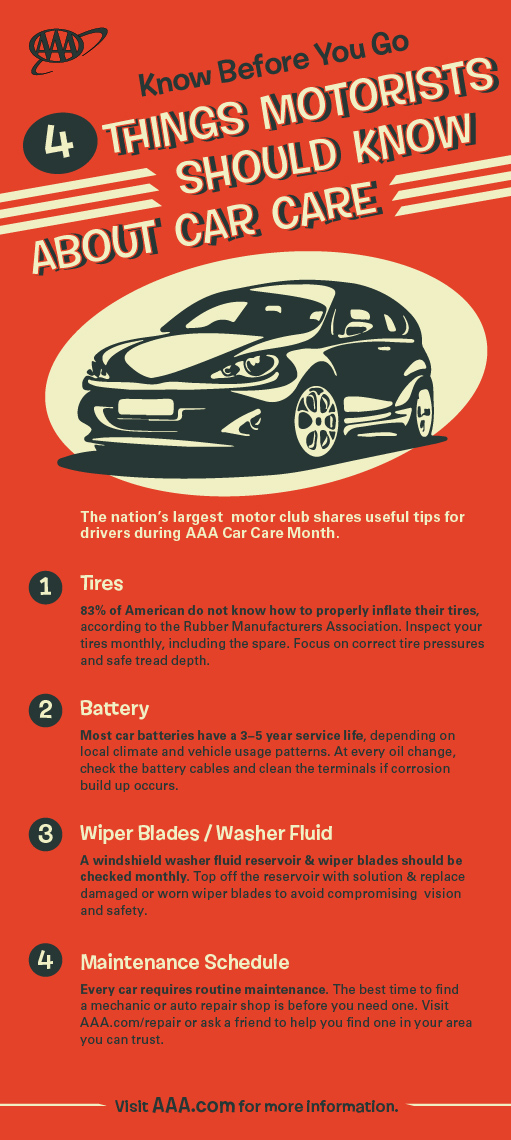Examining Your Car'S Warning Indicators: What They Actually Communicate
Examining Your Car'S Warning Indicators: What They Actually Communicate
Blog Article
Created By-Vinson Torres
When you're behind the wheel, those beautiful warning lights on your dashboard can be a bit complicated. Do you know what they're trying to tell you concerning your car's health and wellness? Recognizing the significance of these lights is important for your safety and the long life of your lorry. So, the next time among those lights pops up, would not you wish to decipher its message properly and take the essential steps to resolve it?
Common Warning Lights and Interpretations
Identify common caution lights in your car and understand their definitions to ensure secure driving.
The most normal warning lights consist of the check engine light, which indicates concerns with the engine or exhausts system. If this light begins, it's important to have your lorry examined without delay.
The oil stress advising light indicates low oil pressure, calling for immediate attention to prevent engine damage.
A blinking battery light may suggest a defective billing system, possibly leaving you stranded if not addressed.
The tire stress tracking system (TPMS) light alerts you to reduced tire pressure, influencing vehicle stability and gas efficiency. Disregarding this might result in dangerous driving conditions.
The ABS light suggests a trouble with the anti-lock braking system, compromising your capacity to stop quickly in emergencies.
Lastly, the coolant temperature alerting light warns of engine getting too hot, which can result in severe damage if not resolved swiftly.
Understanding professional car cleaning will certainly assist you attend to concerns quickly and preserve secure driving problems.
Importance of Prompt Focus
Understanding the typical warning lights in your auto is only the primary step; the relevance of quickly resolving these warnings can't be emphasized enough to ensure your security on the road.
When a caution light illuminates on your control panel, it's your automobile's method of interacting a possible concern that requires attention. Neglecting these cautions can cause much more severe issues down the road, jeopardizing your safety and possibly costing you extra out of commission.
Motivate interest to advising lights can avoid failures and accidents. For example, a flashing check engine light might show a misfire that, if left unattended, could cause damages to the catalytic converter. Addressing this immediately can save you from an expensive fixing.
In a similar way, a brake system cautioning light might signal low brake fluid or worn brake pads, important components for your safety and security when driving.
DIY Troubleshooting Tips
If you observe a caution light on your dashboard, there are a few DIY troubleshooting ideas you can attempt before seeking specialist help.
The initial step is to consult your car's manual to understand what the specific caution light indicates. Sometimes the issue can be as basic as a loosened gas cap setting off the check engine light. Tightening up the gas cap may deal with the trouble.
One more common problem is a low battery, which can set off numerous cautioning lights. Inspecting the battery connections for deterioration and guaranteeing they're protected could fix the problem.
If a caution light lingers, you can try resetting it by detaching the auto's battery for a couple of minutes and then reconnecting it. In https://dantepjexr.snack-blog.com/31152619/discover-the-crucial-actions-for-choosing-a-trustworthy-vehicle-service-center-that-will-certainly-maintain-your-car-running-efficiently-your-automobile-qualities-the-best-of-treatment , checking your automobile's fluid levels, such as oil, coolant, and brake fluid, can aid fix alerting lights connected to these systems.
Final thought
In conclusion, comprehending your cars and truck's warning lights is crucial for maintaining your vehicle running smoothly and safely. By quickly attending to these signals and understanding what they suggest, you can stay clear of costly repair work and prospective malfunctions.
Keep in mind to consult your vehicle's manual for particular information on each cautioning light and take action appropriately to guarantee a trouble-free driving experience.
Keep informed, stay safe when driving!
